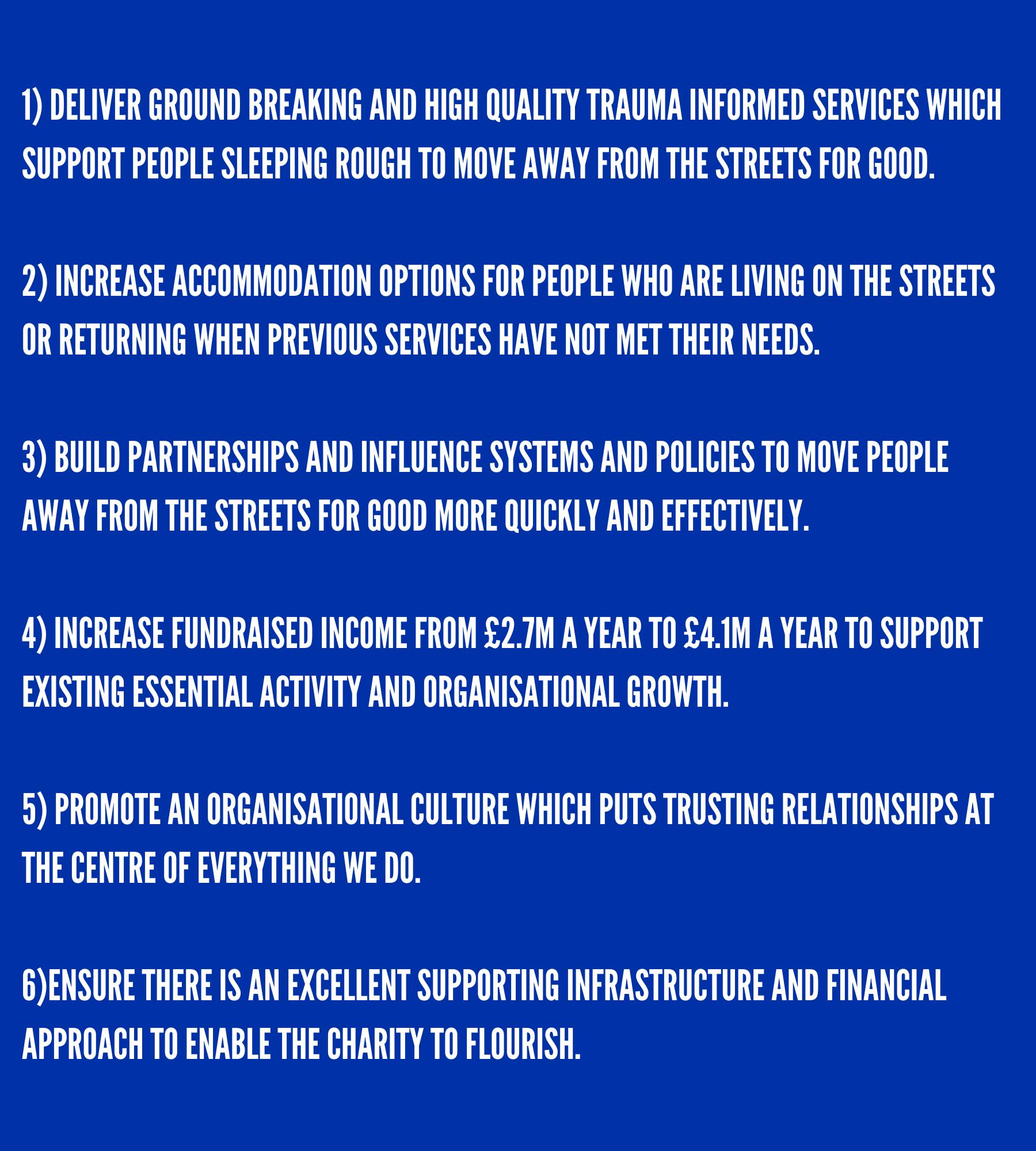
Our patch of central London sees the highest concentration of people sleeping rough in the whole of the UK.
Although The Connection, created from the merger with the St Martins Social Care Unit and The London Connection in 2003, is 20 years old this month; rough sleeping in this area has a far longer history. It’s well over 100 years since St Martin in the Fields opened the crypt for soldiers in 1917.
Our context
By providing services in this central, high profile place, we see most aspects of social injustice – poverty, mental and physical ill health, addiction, migration, exploitation, crime, discrimination, family breakdown. It’s a grim list. We also see resilience, courage, humility, strength of character, potential and hope.
Ironically, in writing our new strategy, we observed that rough sleeping numbers now are about the same as they were in 2018 when we wrote the last one. From 2018, we saw a huge rise, followed by numbers halving by the end of the Pandemic. Now numbers are rising again, with familiar patterns returning. Westminster has not only the most people sleeping rough in any borough in the UK, but also the highest proportion of people who are living on the streets, or bouncing between services and the streets repeatedly.
It doesn’t matter where people are from, nor their situation, they have one thing in common. The biggest single barrier for someone to move away from the streets of central London is access to suitable, affordable accommodation. Not only is there a critical shortage of such accommodation – the people who come to us for help are not considered a good risk by any type of landlord.
Looking ahead: our new strategy and Theory of Change
Our new strategy sets out our intention to reduce the numbers of people living on the streets in Westminster and experiencing multiple barriers to finding a place to call home. If we want to make real inroads into these stubbornly high numbers, either the people on the streets need to change, or we need to do things differently. Therefore, we’ve adopted a Theory of Change which articulates both how we want to work with people (not for people), as well as providing some structure to measure our effectiveness. Our Theory of Change is based on three principles:
We have created some resources to help explain our Theory of Change, which you can see here. Alongside this work, I’ve been doing a “deep dive” into 15 cases and I’d like to share a few initial findings.
Something that has come up a lot is people being concerned about someone getting into their room or home. Feeling “safe” is a recurring theme.
About half of the people have head injuries, learning disabilities, diagnosed and undiagnosed neurodivergent conditions.
In all cases, we have worked with many other agencies across health, homelessness, Westminster Council and the criminal justice system. Across all of them, the vast majority of professionals at The Connection and other agencies have exercised compassion, patience, understanding, a lot of behind the scenes liaison and a genuine concern for the wellbeing of the person concerned.
To make our ambitions a reality, we’ve set out six strategic aims:

We need your help, so please keep on following our progress on social media and our regular email updates. If you aren’t already signed up to our emails, you can do that here.

